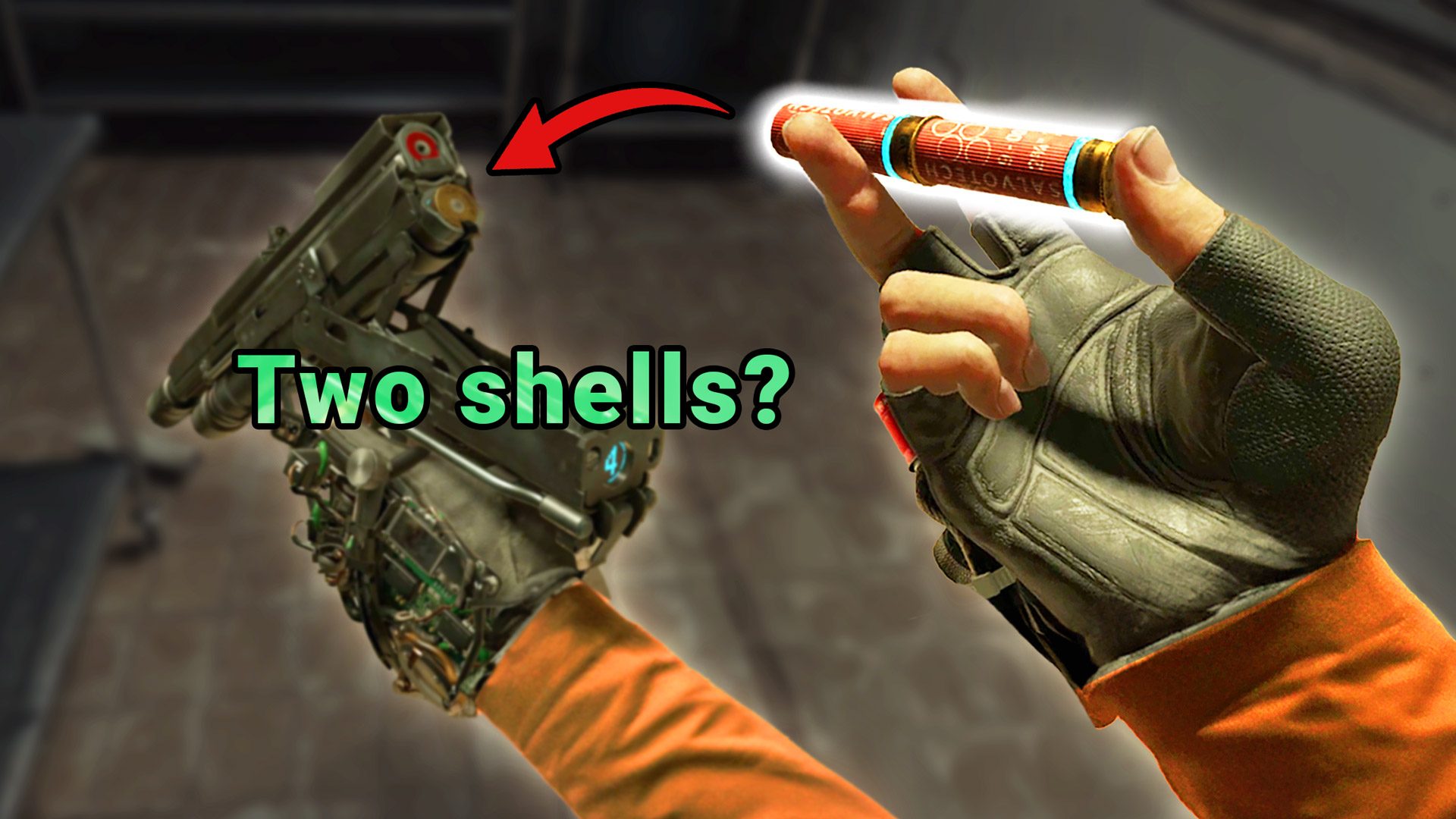Alan Cecil, a security consultant and the administrator of TASBot, recently uncovered an intriguing development with the beloved Super Nintendo consoles. Apparently, one of the chips in these classic gaming systems has been speeding up a bit over time. The heart of the matter lies with the Sony SPC700 audio processing unit it uses. Originally, this chip was set to run at 32,000 Hz. But back in 2007, some eagle-eyed SNES emulator programmers realized it was actually running a smidge faster at 32,040 Hz. To ensure games ran smoothly, they had to tweak their settings to this new reality.
The SPC700 chip, with its ceramic resonator clocking in at 24,576 Hz, establishes the frequency for audio processing. But like all delicate electronics, it’s susceptible to changes due to heat and other environmental influences. In February, Cecil turned to Bluesky under the TASBot account, proposing a theory and calling upon SNES users for some data. Initial findings have been intriguing—the data suggests these consoles, as they age, might see the SPC700 chip operating even faster. One particular console recorded a top frequency of 32,182 Hz. Though this only represents an increase of less than 1% from the original frequency, it’s enough to potentially throw off in-game audio and even cause glitches in certain titles.
### Speedrunning Challenges with the SPC700’s Boost
For most players, the SPC700’s slight speed increase probably won’t affect gameplay much—unless you’re one for muting your games. But for speedrunners or those crafting bots that depend on precise timing, this uptick in frequency changes the game. The speedy chip means that as a game’s screen fades to black between levels, the system processes the next stage’s data—including audio—more quickly. So, if the APU feeds the CPU data faster than expected, it shortens loading times.
To the casual gamer, this performance boost might seem like a bonus, yet it throws a wrench in the works for those involved in speed-running competitions and for bots specifically timed to the console’s standard operations. Luckily, human speedrunners won’t find their records on shaky ground due to these changes.
“We’re still figuring out just how much this change impacts longer speedruns,” Cecil shares. “What we’ve determined is that it’s altering the timing for data transfer between the CPU and APU, though.”
As for TASBot’s precision playthroughs, this could lead to challenges since TASBot’s operations rely heavily on millisecond-perfect execution. Cecil is continuing to gather data to understand the broader implications of aging hardware. As these components, and many like them, continue to age, understanding how to adjust to these changes will be key to preserving the classic games that enriched so many of our past gaming experiences.














































